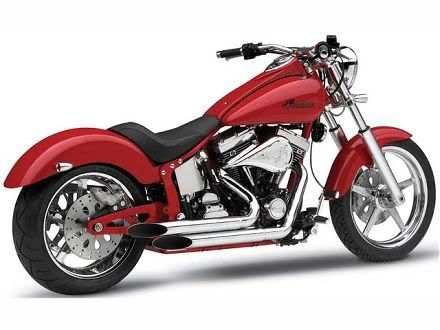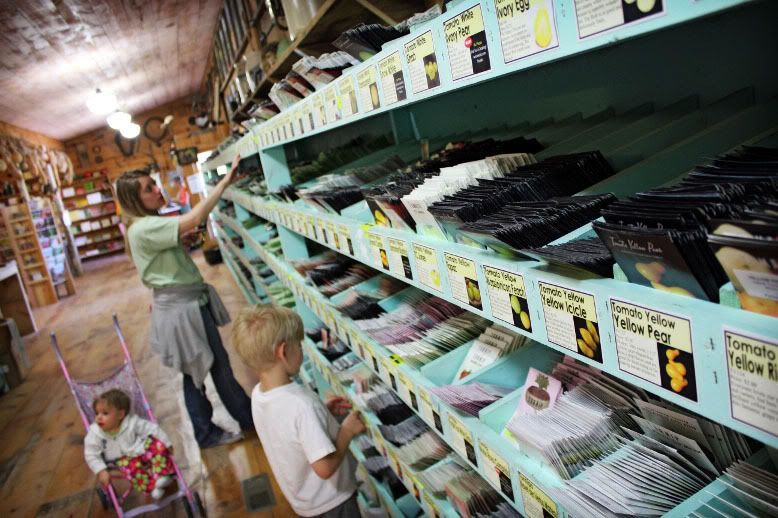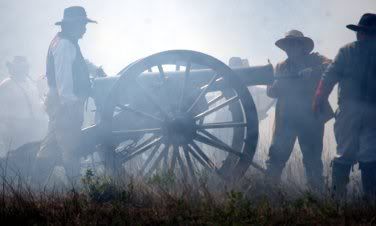
Dustin won the 5 Years & 300 Blogs game that I had on the last post. Congratulations, Dustin! And, happy birthday, too! For his prize of choosing my next blog topic, he sent the following:
How much more dangerous is it to ride a motorcycle than drive a car? Since I ride a lot now, I am constantly getting told, basically, that I am waiting to die. Well, am I? Or is speed, alcohol, and other variables more of a factor?
It's interesting that he chose this topic. Only twelve days ago I attended my step-brother's funeral. Michael died when his motorcycle left a rural highway, struck an embankment, and landed in a field. There were a couple days in between the last time anyone had any contact with him and when he was found. It had to be a closed-casket service. He was only 30.
Michael's funeral was the third funeral that I have attended in my lifetime that was from a motorcycle accident. So, I am familiar with the subject of the dangers of riding motorcycles, though I will do my best to remain unbiased for the remainder of this.
First, let's look at some statistics you may not know. The National Highway Traffic Safety Administration (NHTSA) has lots of reports out there that offer all kinds of statistics.
This report shows that 45% of all motorcycle crash fatalities are single-vehicle crashes, meaning no other vehicle was involved. This number seems high to me, though
Edgar Snyder reports that of all fatal accidents nationwide (including all forms of motor vehicles) 61% were single-vehicle crashes. I can't conclude anything from these stats, but found them interesting, nonetheless. I figured that most crashes occur when two or more vehicles collide. Apparently, I was wrong. Again, these stats don't answer anything. I just found them particularly curious.
Where the rubber meets the road in this particular debate, that Dustin brings up, is found in
Report # DOT HS 811 159 released by the NHTSA. On page 3 of the report, it has a graph directly comparing the fatality rates between motorcycles and passenger vehicles per miles traveled. That "per miles traveled" is important because fatality rates alone don't tell you anything. A whole lot more people die in passenger vehicle crashes every year compared to the same with motorcycles, but that's not comparing apples to apples. Motorcycles make up only 3% of all registered vehicles in the U.S. And, they only account for .4% of all miles traveled by registered vehicles in the U.S. So, in order to compare correctly, you have to add in the "per miles traveled" factor.
This graph shows that per vehicle mile traveled in 2007, motorcyclists were about 37 times more likely than passenger car occupants to die in a motor vehicle traffic crash and 9 times more likely to be injured. This answers Dustin's first question. I'll answer his second question without the aid of statistics: No, he's not basically waiting to die. People shouldn't speak curses over him. It would serve him well to break them off of himself. The curses, not the people. I personally told Dustan Hobbs, more than once, that he was "going to die on that thing." I would follow this spoken curse with the usual warnings to be careful and all, and of course, it was said in a jokingly manner. But, regardless, I will forever regret that those words escaped my lips just months before his death at 20 years old. And, I would impress on people not to make the same mistake.
To answer the third and final question, those factors are indeed causes of motorcycle accidents, but they are also factors in passenger vehicle accidents as well. For example,
this same report shows that 35% of fatalities from motorcycle accidents involved the motorcycle speeding, but cars had 23% in which to compare. Likewise, the percentages for vehicle riders involved in fatal crashes who had a blood alcohol level above the legal limit were 29% for motorcycles and 23% for cars.
So, while you can say that your likelihood of dying in a crash on your motorcycle significantly decreases if you refrain from drinking alcohol, speeding, etc., dying in a car crash also decreases significantly from these practices. So, the fatality rate comparison of sober, speed limit aware drivers/riders is still similar to the total fatality rate comparison that shows that motorcyclists are 37 times more likely than passenger car occupants to die in a motor vehicle traffic crash and 9 times more likely to be injured.
In conclusion, a motorcycle may be exhilarating to ride and more fuel efficient among other benefits. However, it unfortunately also has a greater measured risk than most of the alternatives in transportation. And, it ultimately comes down to whether or not the owner or potential owner wants to take that risk. I, for one, love motorcycles. I know the feeling that riding one produces. But, I choose to drive around two tons of steel instead. To each their own.
 Then, came the seed buying. This was a little overwhelming. As you can see from the photo, there are seeds galore. We stood before about thirty varieties of tomato seeds and finally made our decision, only to find out moments later that we had just been looking at the overflow of the real tomato seed section that housed well over a hundred varieties.
Then, came the seed buying. This was a little overwhelming. As you can see from the photo, there are seeds galore. We stood before about thirty varieties of tomato seeds and finally made our decision, only to find out moments later that we had just been looking at the overflow of the real tomato seed section that housed well over a hundred varieties.

















